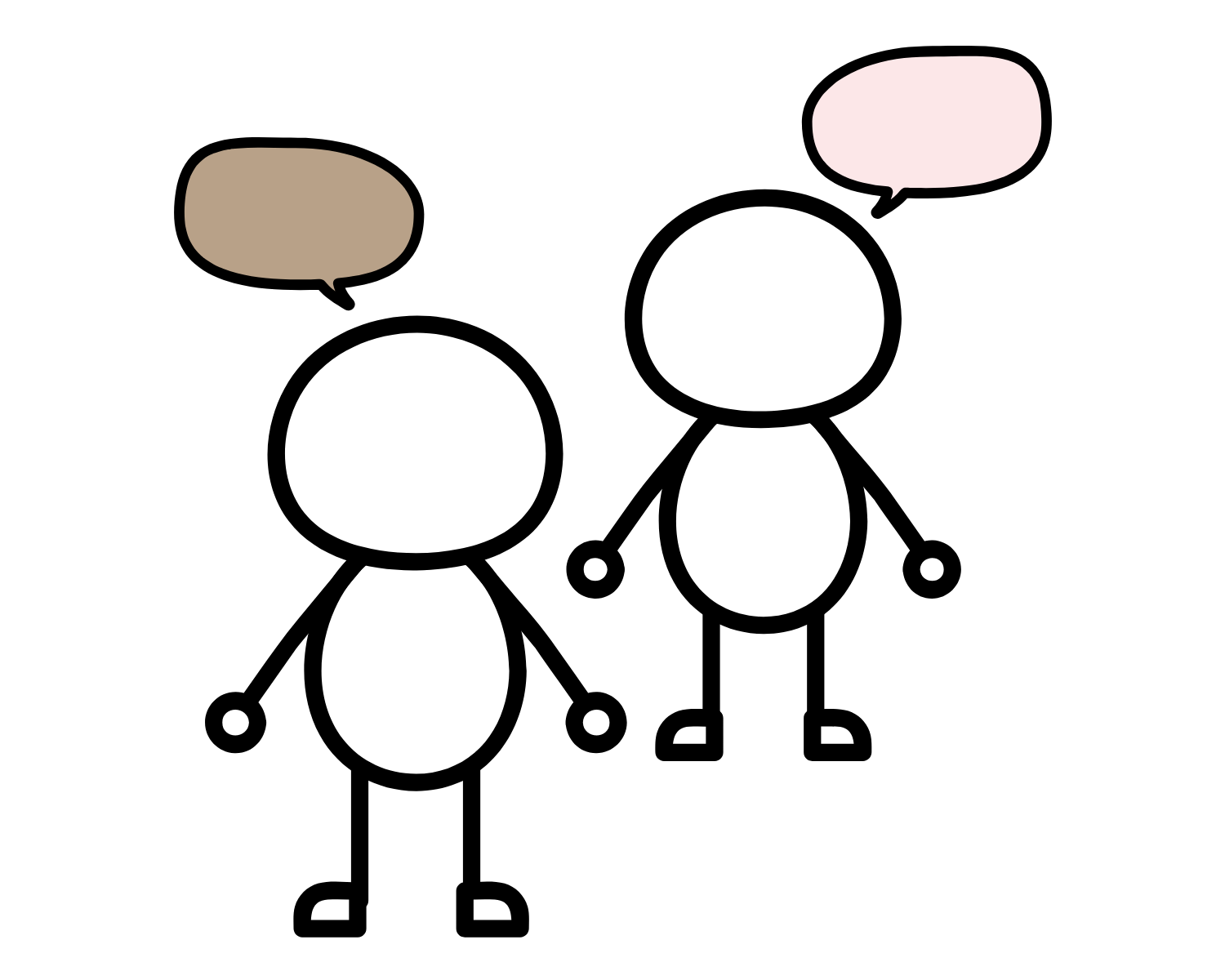You don’t have to struggle alone… we give parents and teachers the tools to make
life and learning easier and more enjoyable!
💛 Ever wonder if your child is having a tantrum or experiencing sensory overload?
💛 Do their big feelings or sudden reactions sometimes leave you unsure why they happen?
👉 You’re not alone! There are gentle ways to understand and support them.
At Kindling Minds, we help families recognise the difference and provide simple, neurodiversity-affirming tools to bring confidence and calm to tricky moments.
✨ Explore resources & support options here — because every mind matters!
Testimonials
“I just wanted to send you an email to share how happy we are after parents’ evening. He has never enjoyed school, and the difference in his attitude to school has been amazing. We could really see how well you knew him and the hard work you have put in to helping him to be where he is with his learning today.”
Parent Testimonials
“This year has been eventful, but you have been a constant support to both ‘c’ and us as parents. She has really enjoyed having you as her teacher! You went above and beyond!”
“Thank you for all you have done for him and how far you have brought him on. You have no idea how much it has meant to us. Having someone who understands him has made all the difference to him.”
“From the start of term one, all the way to the end of this term, Miss Hunter has been super supportive, caring, kind and loving to all children in class”
Child Testimonials
“I love Miss Hunter because she helps me learn and helps me when I’m upset or angry!”
“Thank you so much for teaching me this year. I have really enjoyed being in this class. You have helped me so much, and I can’t thank you enough. You have been a wonderful teacher and I wish you were still in the school next year”
“Thank you for helping me understand things better! Best teacher”
“I love Miss Hunter. She is always caring, thoughtful and supportive. She helps with people’s ups and downs! I’d really recommend her as a teacher or tutor!”
For Educators
To enquire or book please contact kara@kindlingminds.co.uk
When making an enquiry or booking, please include:
The school or council name
The service you’re interested in
Whether you’d like sessions online or in-person
Any extra details you feel would help me tailor the sessions to your needs
-
Format: 90 min–2 hour interactive training (online or in person).
Topics: Neurodiversity in the Classroom, Emotional Regulation Strategies, Practical ASN Supports.
Cost per session:
£250 online (per school, unlimited attendees).
£350 in person (+ travel if outside 20 miles).
CPD must align with GTCS standards and support inclusive practice. This pricing is competitive compared to larger training providers (£500–£700 typical).
-
Format: 6–8 week small group or 1:1 programme (e.g., literacy, numeracy, regulation).
Package includes: baseline assessment, weekly tailored sessions, and impact report.
Cost per package:
£500 (6 weeks) for group of up to 6 learners.
£300 (6 weeks) for 1:1 support.
PEF must be evidence-based. Your reports + measurable outcomes = proof of impact.
-
Format: 1-hour online workshop with resources provided.
Cost per session: £100–£150 (depending on group size).
Optional package: Series of 3 sessions for £300.
Strengthens school–home links, a PEF priority.
-
Format: Annual subscription to Kindling Minds resource library (worksheets, posters, guides).
Cost per licence:
Small school (<150 pupils): £150/year.
Medium school (150–400 pupils): £250/year.
Large school (>400 pupils): £400/year.
Saves staff time creating differentiated materials.
-
Format: Bundled offer (CPD + interventions + resource licences).
Cost (per council): £15,000–£25,000 annually.
Cost-effective way to meet ASN inclusion goals across multiple schools.
What parents really want to know?!
What is Dyslexia?
“Dyslexia is a language-based learning difference. It mainly affects how a person processes the sounds in words. This ability is called phonological awareness”
~ Dyslexia Scotland, 2024
What is Autism?
“Autism is a lifelong neurodevelopmental difference in the way a person communicates, interacts and processes the world around them”
~ Scottish Autism, 2025
What is ADHD?
“ADHD is a neurodevelopmental difference that affects approximately 5% of the UK population. Around 37,000 children and young people in Scottish schools have ADHD. Some individuals experience challenges with attention and concentration, but not hyperactivity or impulsiveness. This form of ADHD is sometimes called Attention Deficit Disorder or ADD. ADD can sometimes go unnoticed because the symptoms may be less obvious”
~ Education Scotland, 2023
What is Neurodivergent?
This term refers to individuals whose cognitive functioning differs from what is typically expected. It encompasses conditions such as autism, ADHD, dyslexia, and others. Neurodivergence represents a different, not lesser, way of experiencing and interacting with the world.
Why does my child have a meltdown after school but not during it?
During school, your child is likely masking their true feelings in order to appear more "normal" and fit in with friends and peers. They may also be trying to avoid drawing attention to their behaviour, possibly out of fear of the repercussions that could follow. As a result, when they return home from school, clubs, friends' houses, or other activities, they may finally feel safe enough to express their emotions, stress, and feelings with those they trust. They know that, based on experience, you will love them unconditionally regardless of how they behave. This should reassure you that you are doing a fantastic job!
Is it okay to use the words autism / ADHD / dyslexia?
Every child and adult is different. Some may embrace labels as a way to reassure themselves that they are not "wrong," just different. However, other children and adults might prefer to avoid such language, feeling that it separates them from the rest of society. To support your child, it's important to have an open and honest conversation about this topic. Discuss the pros and cons of using specific terminology and ask them how it affects their feelings. After this discussion, you should have a clearer understanding of whether your child is comfortable with you using specific labels.
Why do routines help so much?
Routines can benefit your child by reducing uncertainty in their daily life. Many neurodiverse children, in particular, struggle with anxious thoughts about what will happen next. Uncertainty can arise when their schedule is interrupted, leading to fears that something bad might occur if they don't follow their routines. Some children need visual aids to help them understand and prepare for the next activity.
Having a consistent routine provides structure, and when routines are followed without changes, children are less likely to worry or stress about upcoming events. This alleviates a significant burden for them and can help them feel more settled and open to having rational conversations.
Routines that are created by the child themselves can be especially effective, as they allow the child to discuss, question, and determine a sequence of events that helps them remain calm and composed during typically challenging parts of the day.
What’s the difference between a tantrum and a sensory overload?
A tantrum usually occurs when a child wants something, such as a toy, attention, or a specific outcome. It involves goal-driven behaviour and can often stop if they get what they want or realise it won’t happen. Tantrums are a normal part of emotional development, especially in younger children who are learning to manage their frustrations.
In contrast, sensory overload is about the child’s needs rather than wants. It occurs when their brain becomes overwhelmed by excessive sensory input, such as loud noises, bright lights, strong smells, or an overwhelming amount of information. Sensory overload is not a choice, and children cannot control it.
During a sensory overload, a child may:
cover their ears or eyes,
cry, scream, or shut down,
run away or lash out,
struggle to speak or respond.
They aren’t seeking attention; they’re trying to cope with a challenging moment.
Think of it this way:
A tantrum is “I don’t like this.”
A sensory overload is “I can’t cope with this.”
How to help:
1. Stay calm and ensure a safe environment.
2. Reduce sensory input (like turning off lights, using a quiet voice, or stepping outside).
3. Offer comfort without pressure.
4. Wait until the child is calm before discussing the situation.
Your understanding is crucial. You’re not spoiling your child; you’re supporting them, and that makes a significant difference.





